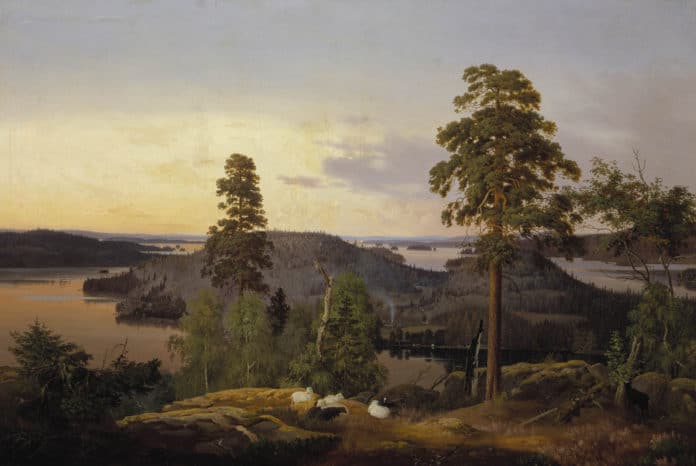Although they aren’t credited with having developed the first airplane, Magnus, Wilhelm, and Ferdinand von Wright were accomplished in their own right, each known as a great painter of portraits, landscapes, and nature subjects. A major exhibition of their creative accomplishments is currently on view here.
Growing up in North Carolina, I became very familiar with the Wright Brothers — Orville and Wilbur, that is — at a young age. After all, their famous flying machine can be seen on most NC license plates. However, I had no idea that there were other famous Wright Brothers, until now. That’s because the Ateneum Art Museum in Helsinki, Finland, is currently celebrating the career and works of three native sons —brothers — who are considered among the country’s most beloved 19th-century artists.
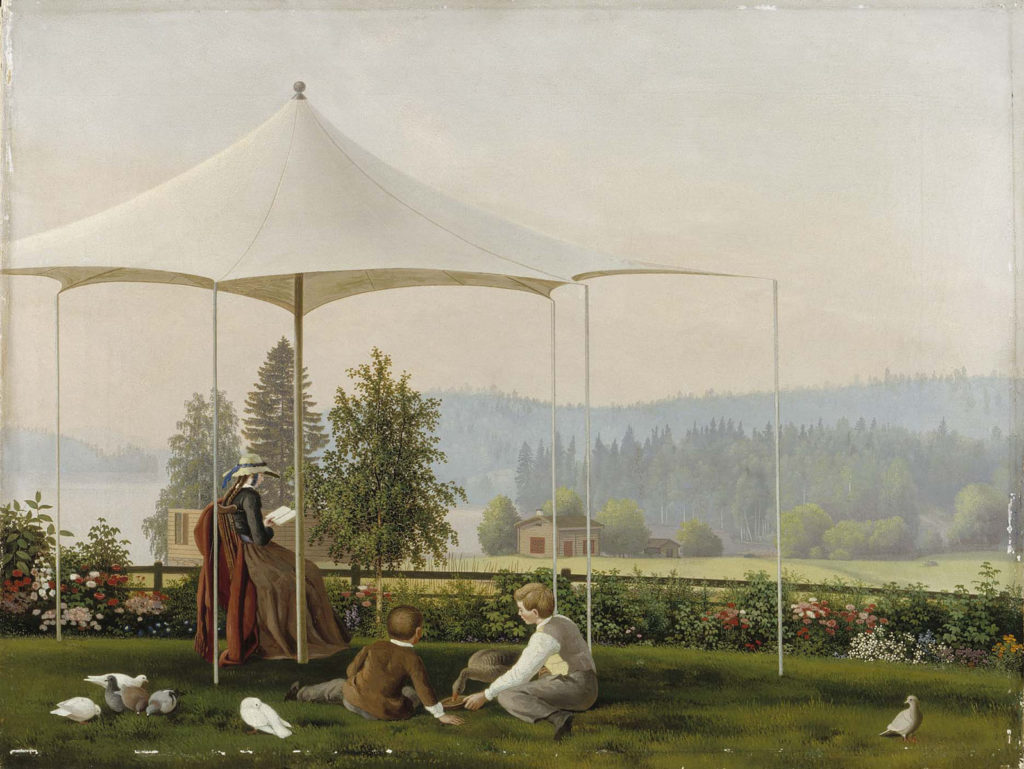
Magnus, Wilhelm, and Ferdinand von Wright were well known in their time as great painters of portraits, landscapes, and nature subjects, especially birds, and as creators of scientific illustrations of flora and fauna. More than 200 works from the Atheneum collection, and from Finnish and Swedish public and private collections, compose “The Von Wright Brothers,” which opened at the museum on October 27 and continues through February 25, 2018.
According to the museum, “The exhibition introduces new perspectives, as it explores the historical significance of the von Wright brothers for Finnish art, culture, and science. The exhibition, occupying the entire third floor of the museum, features oil paintings, watercolors, prints, and sketches. Exhibits also include birds stuffed by Magnus von Wright, courtesy of the Finnish Museum of Natural History.
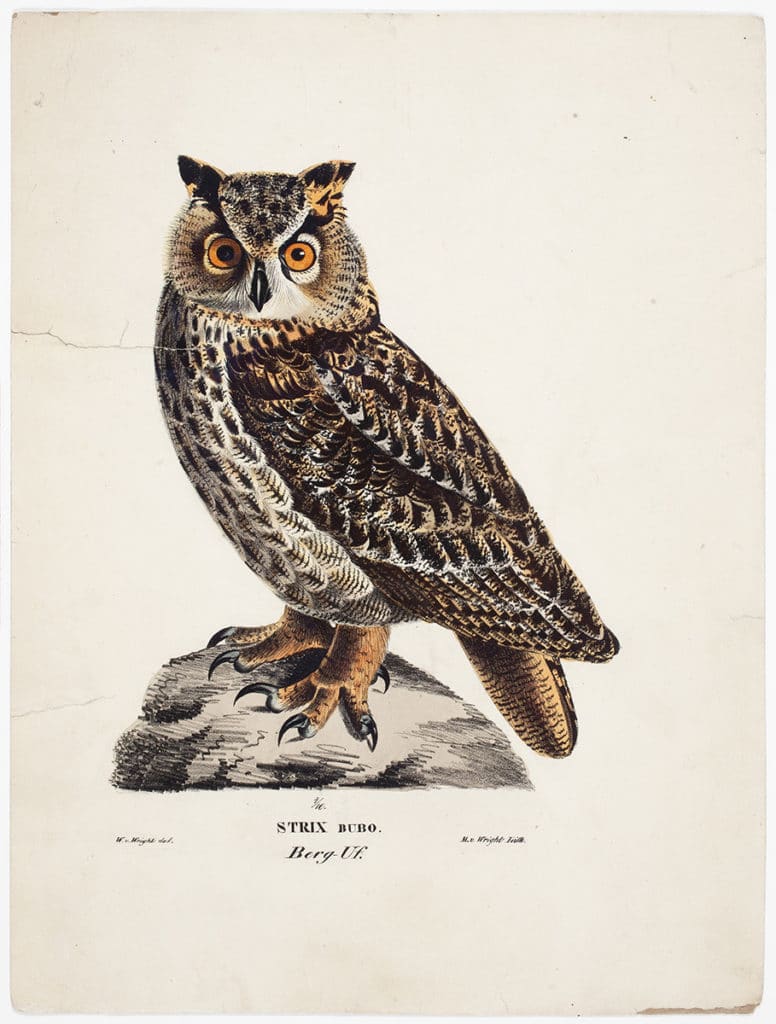
“The von Wright brothers grew up in a manor in Haminalahti, Kuopio. The brothers’ interest in nature originated in the hobby of hunting, as practiced by their father, Major Henrik Magnus von Wright. Skilled hunters, the brothers began to document the birds they caught.
“Through watching and painting birds over a long period of time, the brothers gained a wide knowledge of nature. Their works are characterized by detailed scientific accuracy. At the same time, their art conveys a special love of nature. The works reflect the aesthetic values of their time, the 19th century.
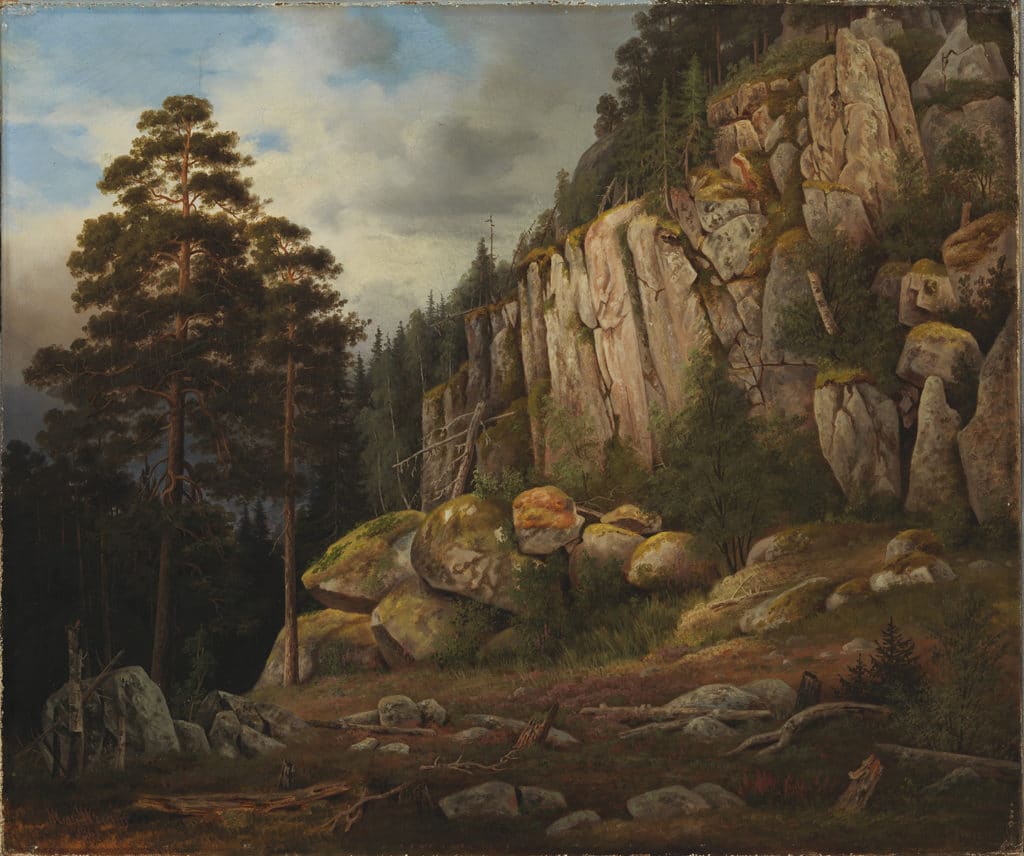
“The eldest of the brothers, Magnus von Wright (1805–1868), known especially for his landscape paintings, was an influential cultural figure in Helsinki. He worked as a teacher at the University of Helsinki drawing school and as an expert at the Finnish Art Society, in which capacity he contributed to the establishment of the Ateneum collection. In his paintings of Helsinki, such as ‘View from Katajanokka’ (1868) and ‘Annankatu on a Cold Winter Morning’ (1868), he documented the changes taking place in the city.
“Wilhelm von Wright (1810–1887) was active especially in Stockholm and on the island of Orust on the west coast of Sweden. He worked as a scientific illustrator for the Royal Swedish Academy of Sciences. Wilhelm assisted his brother Magnus in illustrating the book Svenska foglar, presenting Swedish birdlife: the work contains 182 colored drawings, illustrating birds with scientific precision. According to today’s ornithologists, the illustrations created by the brothers are still accurate. Wilhelm suffered paralysis, which cut his career shorter than that of the other brothers.
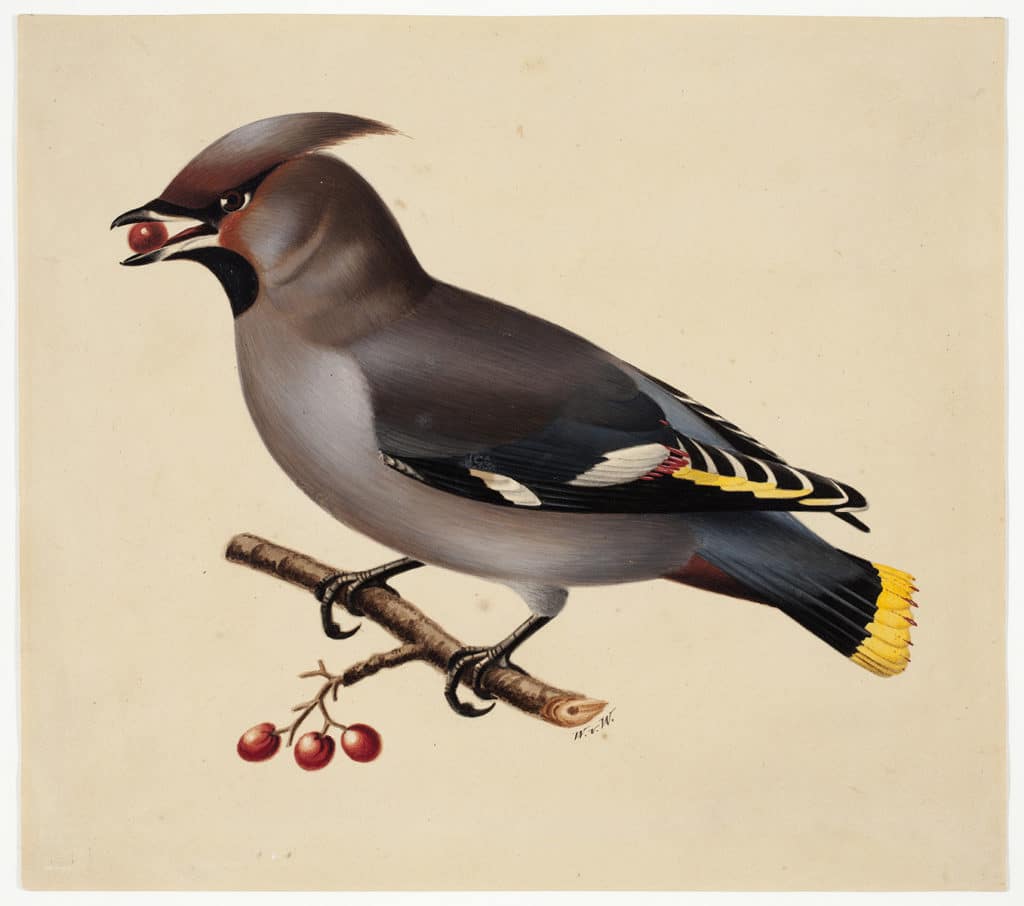
“The most famous, and youngest, of the brothers is Ferdinand von Wright (1822–1906). Ferdinand is known especially for his paintings of birds, such as ‘The Fighting Capercaillies’ (1886) and ‘An Eagle-Owl Seizes a Hare’ (1860). Ferdinand was one of the first visual artists in Finland to make a living from art. He enjoyed the longest career of the brothers, and later attained the status of an old master and earned respect from young artists.”
After being on display at the Ateneum, the exhibition will, in 2018, travel to the Kuopio Art Museum and the Tikanoja Art Museum in Vaasa. To learn more, visit the Ateneum Art Museum.
This article was featured in Fine Art Today, a weekly e-newsletter from Fine Art Connoisseur magazine. To start receiving Fine Art Today for free, click here.

